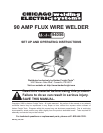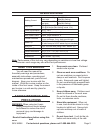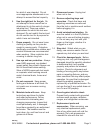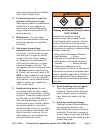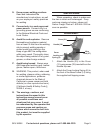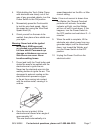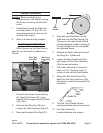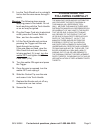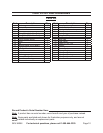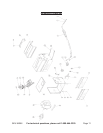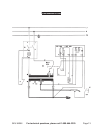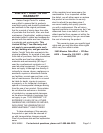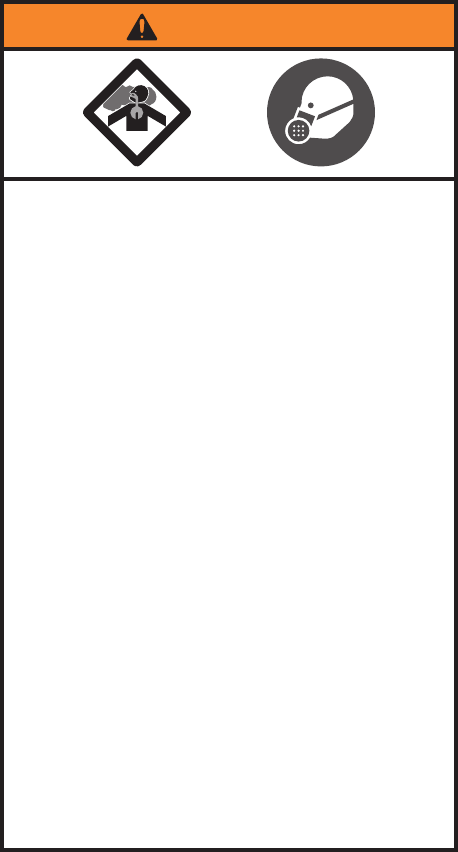
Page 4For technical questions, please call 1-800-444-3353.SKU 94056
Approved accessories are available
from Harbor Freight Tools.
Do not operate tool if under the 18.
inuence of alcohol or drugs.
Read warning labels on prescriptions
to determine if your judgment or
reexes are impaired while taking
drugs. If there is any doubt, do not
operate the tool.
Maintenance19. . For your safety,
service and maintenance should be
performed regularly by a qualied
technician.
Use proper size and type 20.
extension cord. If an extension cord
is required, it must be of the proper
size and type to supply the correct
current to the tool without heating
up. Otherwise, the extension cord
could melt and catch re, or cause
electrical damage to the tool. This
tool requires use of an extension cord
of 20 amps minimum capability (up
to 30 feet), with wire size rated at 12
AWG. Longer extension cords require
larger size wire. If you are using the
tool outdoors, use an extension cord
rated for outdoor use (signied by
“WA” on the jacket).
Avoid electrical shock21. . Do not
permit electrically live parts, cables,
or electrodes to contact skin, clothing,
or gloves. Protective clothing should
be hole-free, dry, and ANSI-approved.
This unit draws enough current to
cause serious injury or death. Before
turning the welder on, check the
electrode holder to be sure that there
are no protruding screw heads, and
that all insulation is secure. Do not
weld unless you are insulated from
ground and the work piece.
WARNING
INHALATION HAZARD:
Welding and Plasma Cutting Produce
TOXIC FUMES.
Exposure to welding or cutting
exhaust fumes can increase the risk
of developing certain cancers, such as
cancer of the larynx and lung cancer.
Also, some diseases that may be linked
to exposure to welding or plasma cutting
exhaust fumes are:
• Early onset of Parkinson’s Disease
• Heart disease • Ulcers
• Damage to the reproductive organs
• Inammation of the small intestine or
stomach • Kidney damage
• Respiratory diseases such as
emphysema, bronchitis, or pneumonia
Use natural or forced air ventilation and
wear a respirator approved by NIOSH to
protect against the fumes produced to
reduce the risk of developing the above
illnesses.
Avoid breathing fumes or gases22. .
They can cause serious health
problems. Use an active ventilation
system directly above the welding
area. Keep your head out of the
fumes.
Avoid eye and body damage23. .
Welding rays and infrared radiation
can injure eyes and burn skin.
Wear ANSI-approved eye and body
protection. Do not allow viewing by
visitors without proper eye and body
protection. Use a face shield with arc-
shaded lter plate.



